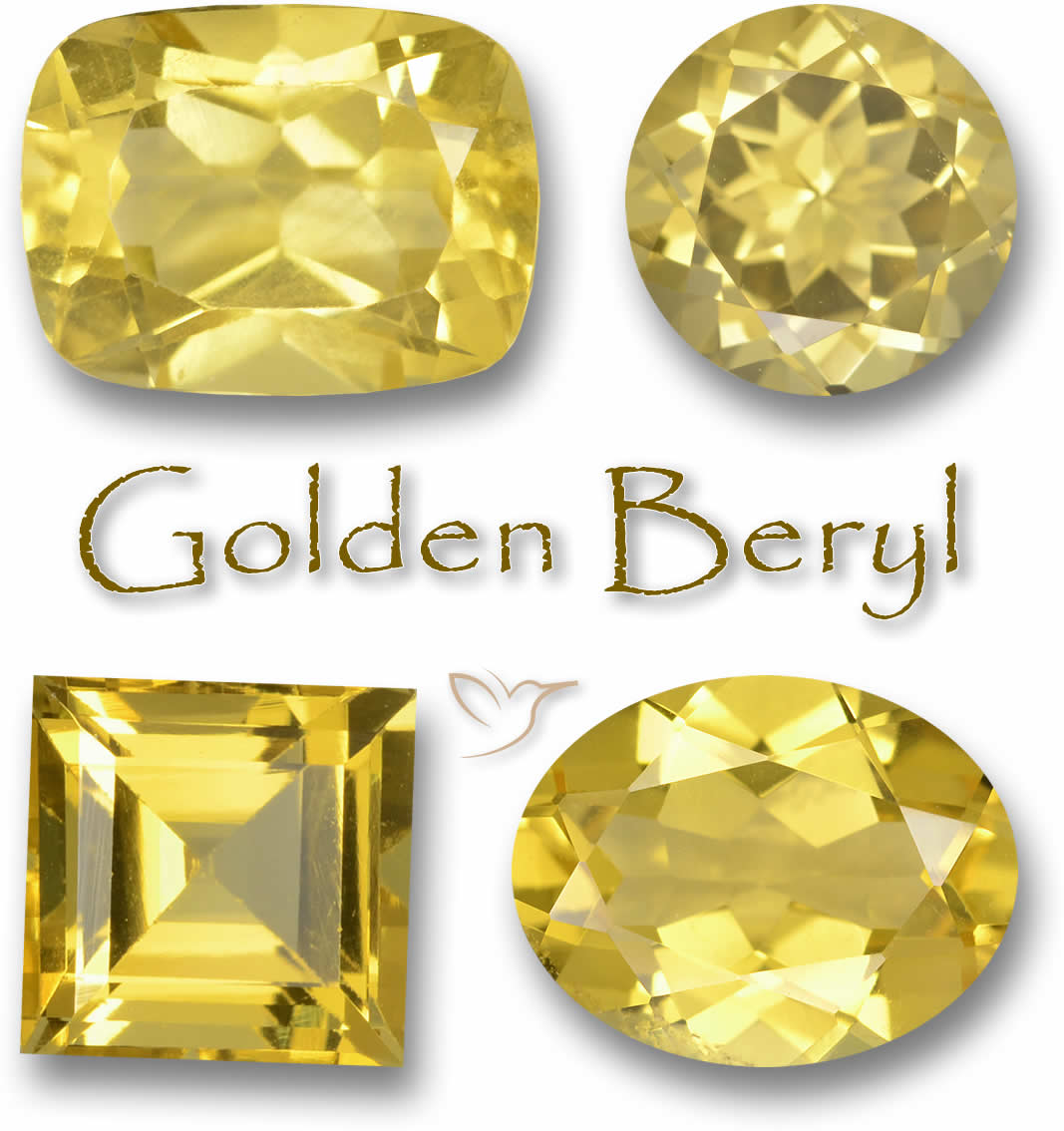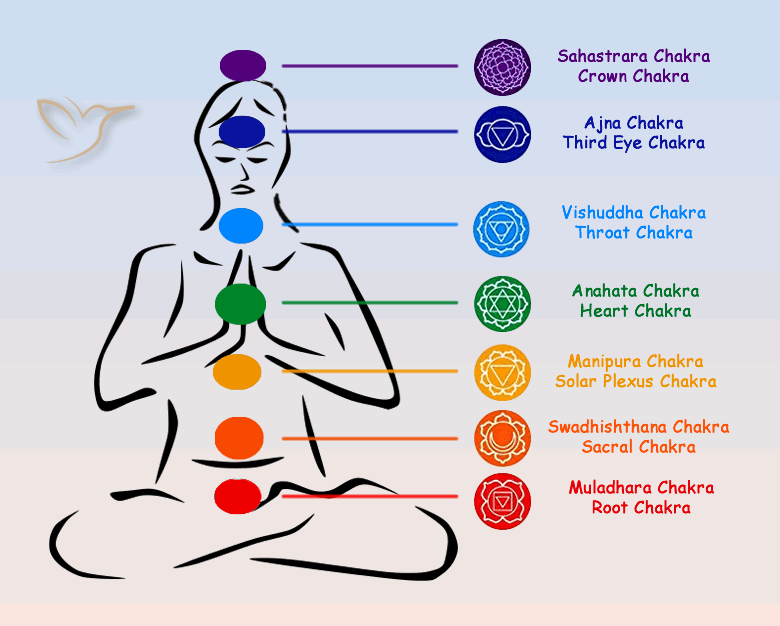What can I find in this article?
- Golden Beryl Colors
- Golden Beryl Species
- Golden Beryl Clarity and Cut
- Spiritual Meaning of Golden Beryl
- Golden Beryl and the Chakras
- Health Benefits of Golden Beryl
- Golden Beryl Price
- Golden Beryl Discovery and History
- Where is Golden Beryl found?
- How is Golden Beryl formed?
- Can Golden Beryl be treated?
- What jewelry is Golden Beryl suitable for?
- How to care for Golden Beryl
- How to tell a real Golden Beryl
- Did You Know?
- What is so special about Golden Beryl?
- Golden Beryl - Gemological Properties
Golden Beryl Gemstone Information

Introduction
Golden beryl, with its captivating hue reminiscent of radiant sunshine, holds a unique appeal in the world of gemstones. Known for its striking golden-yellow coloration, this gemstone is prized for its rarity and exceptional clarity. Often found in regions rich in natural beauty, golden beryl stone fascinates both gem enthusiasts and collectors alike with its luminous charm and historical significance.
Beryls include emerald, aquamarine, morganite, goshenite, the almost priceless red beryl and the subject of this article, Golden Beryl - that is one over-achieving family.
Golden Beryl can sometimes be called yellow beryl and Heliodor - a word with Greek origins which means gift from the sun - as they come in lovely yellow tones. It is not particularly important but heliodor usually refers to yellow gemstones with a slight greenish tint while Golden Beryl tends to be a rich yellow tinged with golden orange hues. Explore our wide range of golden beryl for sale.

Each Beryl tends to stick to an individual color - emeralds are the classic green while aquamarines are a cool clear blue. Golden Beryls, as the name might suggest, are a lemon yellow to golden orange color which can be intense and vivid or pale and pastel.
With most gemstones, it is the presence of minute impurities during formation that can create the colors. In the case of Golden Beryl it is trace elements of iron that forge the sunny yellow colors over millions of years of heat and pressure below ground.
Pale yellow colors are in less demand than the rich sunset yellows and this is reflected in the price although despite its heritage, Golden Beryl is very reasonably priced for such a prestigious gemstone. Look for a gemstone which has an intense and even color throughout.
Golden Beryl is a member of the beryl family of gemstones which includes:
- Emerald - Classic Green
- Aquamarine - Light Blue
- Morganite - Subtle Pink
- Goshenite - Colorless
- Red Beryl - Ultra expensive Red

Nearly all Golden beryl gemstones that are thought worthy of being made into gemstones will be of excellent clarity. If there are any internal blemishes or inclusions they are likely to be invisible to the naked eye. There is no need to accept anything less than eye-clean examples.
Golden Beryl stone is commonly faceted to show off its brilliance at its best and is rarely found as a cabochon. Round, oval and cushion cuts are very popular as are rectangular or square step cuts because of their great levels of transparency.
All clear beryl gemstones such as Golden Beryl are particularly well suited to rectangular or square step cuts, as it takes a sharp and crisp look to bring out the transparent beauty of this colorful gemstone family to the full.
Clear stones of impressive carat sizes can also be found and can look stunning with a highly skilled facet cut. Golden Beryl can be polished to an attractive vitreous to waxy luster which only adds to their appearance.
Like many yellow gemstones, Golden Beryl brings the light and power of the sun, boosting happiness, optimism and enthusiasm. It will draw out the truth in others and encourage confidence and trust in yourself.
‘The Sunshine Stone’ will protect you from outside negativity and help you to release the burdens of pent up emotional baggage that you may have been carrying around for years.
The Chakras are energy points located in various critical points throughout the body. Beginning at the base of the spine we work our way up through the Sacral Chakra just below the belly button, the Solar Plexus Chakra, the Heart Chakra, Throat Chakra, the Third Eye Chakra on the forehead and finally the Crown Chakra on the top of the head.

Each Chakra has an influence on our well-being, both physical and emotional, and each is assigned a color. A gemstone of that assigned color can help unblock or realign a troubled Chakra.
As a generally yellow gemstone, Golden Beryl is linked to the Solar Plexus Chakra which deals with issues such as the immune system and digestion or a feeling of powerlessness and a lack of motivation.
See our detailed article on Chakra Gemstones here
On a physical level, Golden Beryl can help you deal with problems around the central body - stomach problems (constipation or diarrhea), pancreas, liver and heart issues, menopause and back pains.
As a sunny looking gemstone, it might not surprise you to hear that Golden Beryl can help in dealing with Seasonal Affective Disorder (SAD) during the long cold winter months as well as keeping your hands and feet warm.
In his 2nd Century BC book, The Virtues of Stones, written in Arabia, Damigeron said Beryl was used for damage to the eyes and for all sicknesses when placed in water and taken as a drink.
Another ancient author, Pliny the Elder, also suggested Beryl as a cure for ailments of the eyes. The eye should be washed with water immersed with beryl and prescribed placing powdered beryl in the eye each morning (we do not recommend this course of treatment!).

Golden Beryl Price List |
||
| Color | Weight range | Price range / USD |
|---|---|---|
Golden |
1 to 5 ct |
$20 - 80/ct |
Golden |
5ct + |
$25 - 300/ct |
Despite being in the same family as the highly valued emerald and aquamarine, Golden Beryl is very reasonably priced for such a beautiful gemstone. Even clear and intensely colored gemstones of over 5 carats can be bought at prices that will not break the bank.
The reason for the excellent value is probably the gemstone’s low profile - it is not a very well known gemstone - but this is sure to change as Golden Beryl’s durability, clarity, sparkle and outstanding color will not be much of a secret for long.
The lighter yellow beryl colors are less in demand than the deep golden yellows and this is reflected in the price per carat and anything over 10 carats in attractive gold colors will fetch a decent price but as we have said, this gemstone represents excellent value for money.
See our detailed article on the Best Value Gemstones here

The various members of the beryl family have a historic connection with mankind stretching back to biblical times. In historical texts, Emeralds have often been named but sometimes the reference was just ‘Beryl’ and we cannot be sure which stone it was - aquamarine, golden beryl or clear beryl - and even if it was a beryl at all as topaz, chrysolite, citrine have all been interchangeable in the past.
The element beryllium was recognized in 1798 by French Scientist, Nicholas Louis Vauquelin and, in 1913, the first significant deposit of golden beryl was discovered in Namibia by a German mining company.
The deep yellow gemstones were sent back to Germany where celebrated designer, Lucas von Cranach created an exquisite jewelry set for the German Emperor and King of Prussia, Kaiser Wilhem II.
Golden Beryl - rechristened heliodor - was all set to join its illustrious brothers and sisters in the world of fine gemstones when World War 1 broke out. By the time the fighting had finished everyone had forgotten poor old Golden Beryl.
Luckily for us, this gemstone is making its long overdue comeback.
See our article on the Gemstone Names here

Golden Beryl is still mined in the southern African country of Namibia and can also be found in neighboring Zimbabwe as well as Brazil, Madagascar, Russia, and the Ukraine.

Beryl is often found in granites and pegmatites which are types of igneous rock but it can also be found in metamorphic rocks or in the veins and cavities of limestone and marble formations. These igneous rocks are created by volcanic activity which pushes up molten rock from deep below the earth’s surface.
As this pegmatite cools, cracks and gaps appear and are filled with liquids and gases which, over a long period of time, crystallize into gemstones. Beryl is a beryllium-aluminum-silicate. In its pure form it is colorless but because of its crystal structure it can store various foreign impurities which, with the appropriate pressure and temperature, create the colors - green, pink, yellow, blue.
Golden Beryl stone gets its color from impurities of iron. The amount of iron in the beryl allows for a wide range of different shades of yellow. These shades can range anywhere from light lemon to deep orange.
Golden Beryl is not usually treated in any way other than being cut and polished into brilliant gemstones. It is not a particularly well-known gemstone and not so popular with high street jewelers so the expense of experiments in the laboratory has not been worth it.
It is more likely that scientists will try to turn a naturally yellow colored beryl into a more valuable blue or greenish blue gemstone.
At GemSelect we will always inform you if any of our gemstones have had any treatments.
Golden Beryl’s high rating of 7.5 - 8 on the Mohs Hardness scale make it an excellent choice for all types of jewelry - even pieces to be worn every day.
It can be found in a nice range of different traditional cuts and shapes - oval, round and step cut octagons are the most popular - and in a choice of sizes that make them perfect for matching rings, earrings and necklaces. Gemstones in sizes suitable for large pendants or eye-catching pendants are also not too difficult to find.
All beryl varieties have a similar high rating on the Mohs Hardness scale but have a certain level of brittleness because of their ‘indistinct cleavage’ - the way in which a mineral splits or breaks. This type of cleavage means the gemstone is more likely to fracture into pieces than divide neatly.
This is more of a problem with emeralds as they are prone to many internal inclusions but less of a problem for Golden Beryl which has high levels of clarity. We would still suggest protective settings for Golden Beryl rings.
Just clean any Golden Beryl with warm soapy water and gently wipe dry and that should be enough to keep it looking at its best.
For storage, remember that all beryls are tough gemstones (rated at 7.5 - 8 on the Mohs hardness scale) so will not scratch easily but do not keep them with softer gemstones as they may scratch them.
Similarly a few gemstones such as ruby, sapphire, spinel and so on are a bit harder and may damage your Golden Beryl.
We always suggest putting your gemstones in separate boxes or soft cloth bags when not wearing or displaying them.

Identifying Golden Beryl without specialized equipment can be a little tricky. The best bet is to buy from a trusted source and, for any expensive version, get a gemstone certificate from a respected laboratory.
Sometimes this is not possible, so we suggest familiarizing yourself with what Golden Beryl generally looks like - the color range from light yellow to golden orange, a relatively good level of clarity, the typical cuts and shapes.
Golden Beryl is rated at 7.5 to 8 on Mohs hardness scale so it will be tougher than glass so check a gemstone by scratching a bottle and checking to see if it has left a mark. Alternately, an iron nail or a key should not be strong enough to scratch the surface of any prospective Golden Beryl.
At GemSelect, we currently offer brief identification reports from your choice of thre well-respected independent gemological laboratories, American International GemLab (AIG), ICA GemLab and Burapha Gemological Laboratory (BGL Lab).
Beryllus is the Latin word for magnifying glass, from where we get the German word for Brille, which means a pair of spectacles. In 16th century Britain, windowpanes were called berills and mirrors were referred to as berral-glass.
There is a flawless 2054 carat Golden Beryl on display in the ‘Hall of Gems’ in the Smithsonian in Washuington DC.
Look out for some gemstone sellers calling Golden Beryl, ‘yellow emerald’. There is no such thing as yellow emerald and anyone claiming such a thing should be viewed with suspicion.
Golden Beryl is a gemstone with a rich pedigree and gorgeous sunrise and sunset colors. They really should be much more popular and acclaimed than they are.
Take a look at a exquisitely cut Golden Beryl gemstone and you will see instantly how the Greek word ‘berullus’ led not only to beryl, but also to the modern English word ‘brilliance’.
It may not be a familiar gemstone but it oozes class, you will not mistake it for a similar colored citrine or yellow quartz, its animated and dispersive appearance added to its highly polished luster calls out sparkle and luxury.
Chemical Formula: |
Al2Be3Si6O18, Aluminum beryllium silicate |
Crystal Structure: |
Hexagonal, hexagonal prisms |
Color: |
Lemon Yellow to Golden Yellow |
Hardness: |
7.5 - 8 on the Mohs scale |
Refractive Index: |
1.565 to 1.602 |
Density: |
2.67 to 2.78 |
Cleavage: |
Indistinct |
Transparency: |
Transparent to opaque |
Double Refraction or Birefringence: |
-0.006 |
Luster: |
Vitreous to waxy |
Fluorescence: |
Typically none |

